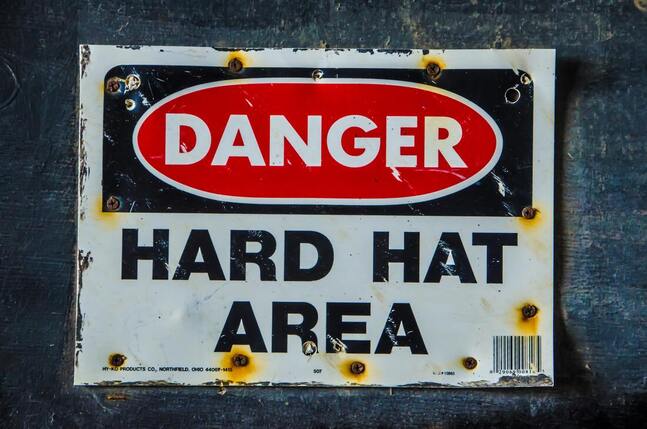|
Personal Protective Equipment (PPE) is designed to provide protection from specific workplace hazards. When hazards can’t be eliminated by engineering or administrative controls, PPE provides the last line of defense for worker safety. While most PPE is to be provided by the employer, there are some instances where workers must supply their own. Here we will review the PPE requirements of employers and the requirements of employees.
Employer Responsibilities When it comes to PPE, employers are responsible for providing personal protective equipment for specific hazards in the workplace. Employers are required to conduct a Hazard Assessment of the workplace to determine the present hazards and provide the types of PPE that will protect workers from these hazards. Typical forms of PPE in the workplace include:
Once the proper PPE has been determined, the employer will provide the PPE and training to the employee to make sure it is properly used and stored. Training on PPE must include:
If work conditions change, additional PPE is required, or if current PPE is not protecting from workplace hazards, additional hazard assessments and training need to be completed. Employee Responsibilities Employees are responsible for providing their own personal protective equipment when it comes to ordinary protection or non-specialty protection. This type of protection includes:
Identifying the types of hazards and the effective protection is the most important aspect of PPE. As an employer you are responsible for identifying hazards and providing the protection against them. As an employee you are tasked with understanding the protection provided and keeping it maintained properly. To keep the conversation going, download the Personal Protective Equipment Toolbox Talk (TBT) or comment below.
0 Comments
Your comment will be posted after it is approved.
Leave a Reply. |
AuthorSTAC Admin Categories
All
Archives
July 2024
|


 RSS Feed
RSS Feed